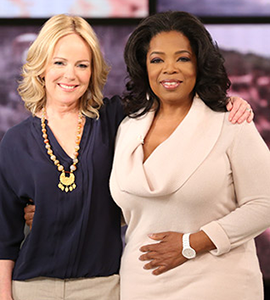On Finding a Niche
I recently came upon this wonderful quote from Anne Lamott: “In this dark and wounding society, writing can give you the pleasures of the woodpecker, of hollowing out a hole in a tree where you can build your nest and say, “This is my niche, this is where I live now, this is where I belong.” And the niche may be small and dark, but at last you will finally know what you are doing. After thirty years or more of floundering around and screwing up, you will finally know, and when you get serious you will be dealing with the one thing you’ve been avoiding all along––your wounds.”
For years, I railed against the idea that we write from our wounds. It makes all writing sound autobiographical. It seems to discount the imagination, and imply that writers simply bleed onto the page. But I’ve come to see that wound is just another word for obsession, and obsession is just another word for theme, or subject matter. We cannot get away from what obsesses us. Why would we even want to? Those of us who write are enormously lucky to have something to do with our obsessions, a craft, an art, that turns what haunts us into something that (hopefully) resonates for others.
In truth, I often have no idea what drives me forward when I’m writing a work of fiction. I try to remain willfully obtuse about my themes, because to over-think, at least in the early stages, creates a self-consciousness that ruins the work. It’s only later, much later, when a story or a novel is finished, that I understand what it is that I’ve done, and what has driven me to do it. And still… what is most powerful is that feeling of writing in the dark, of following that line of words, first one, then another, and slowly building something that way. A shape emerges. It is not our business to analyze it as it takes shape, because analysis will ruin it. First there is a foundation, then doors, windows, a roof, furniture, a faucet dripping, a flower drooping in a vase, a child crying alone in a room… Who is the child? Why the dripping faucet? We keep writing forward, trusting that, in time, we will know. In other words, we allow the imagination, along with our invisible wounds, to weave together in ways that defy comprehension, that wither under too much reflection. This is how we find our niche. Our own fingerprint. The one that is ours and ours alone. This is how our wounds become art.


















